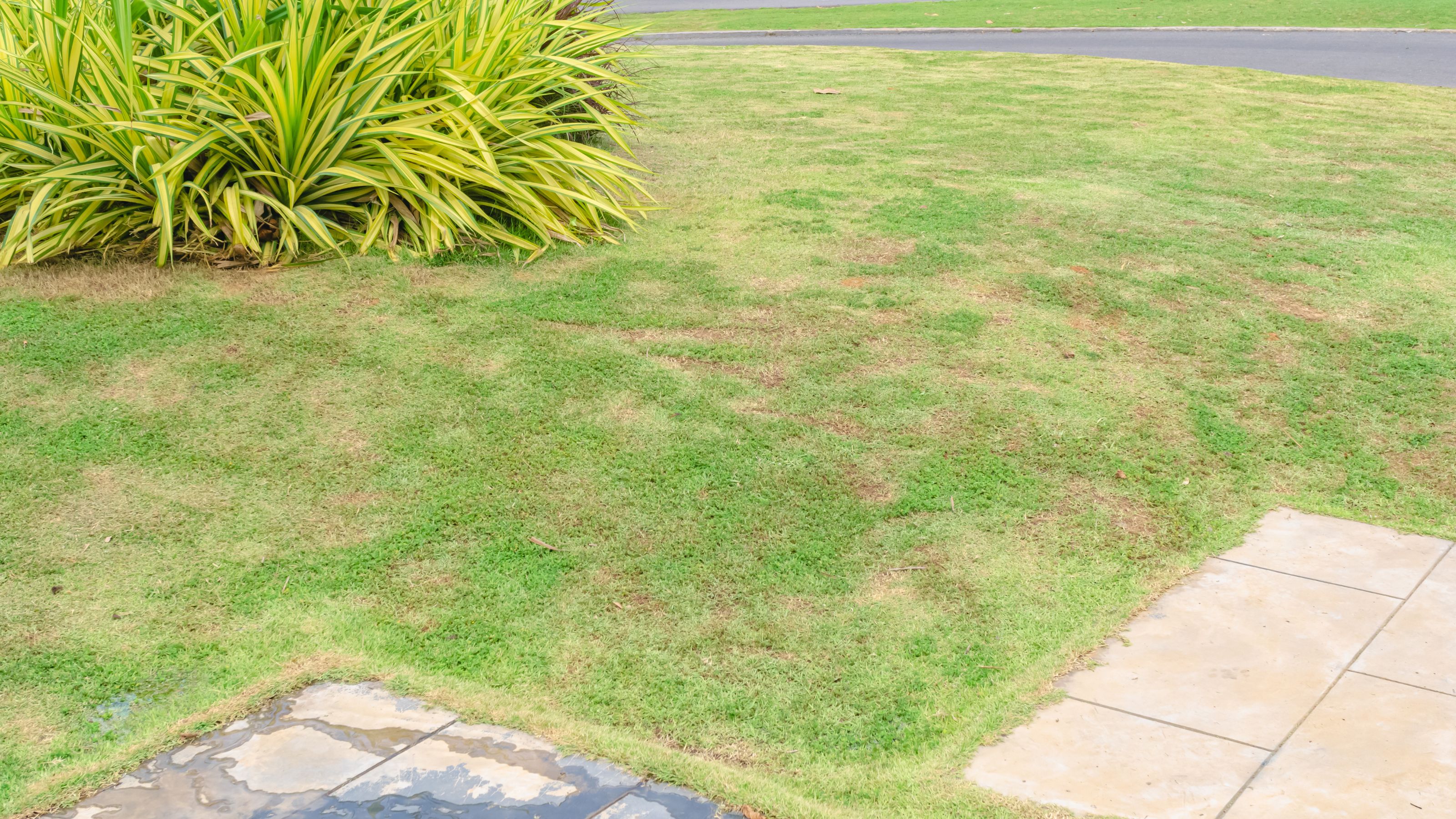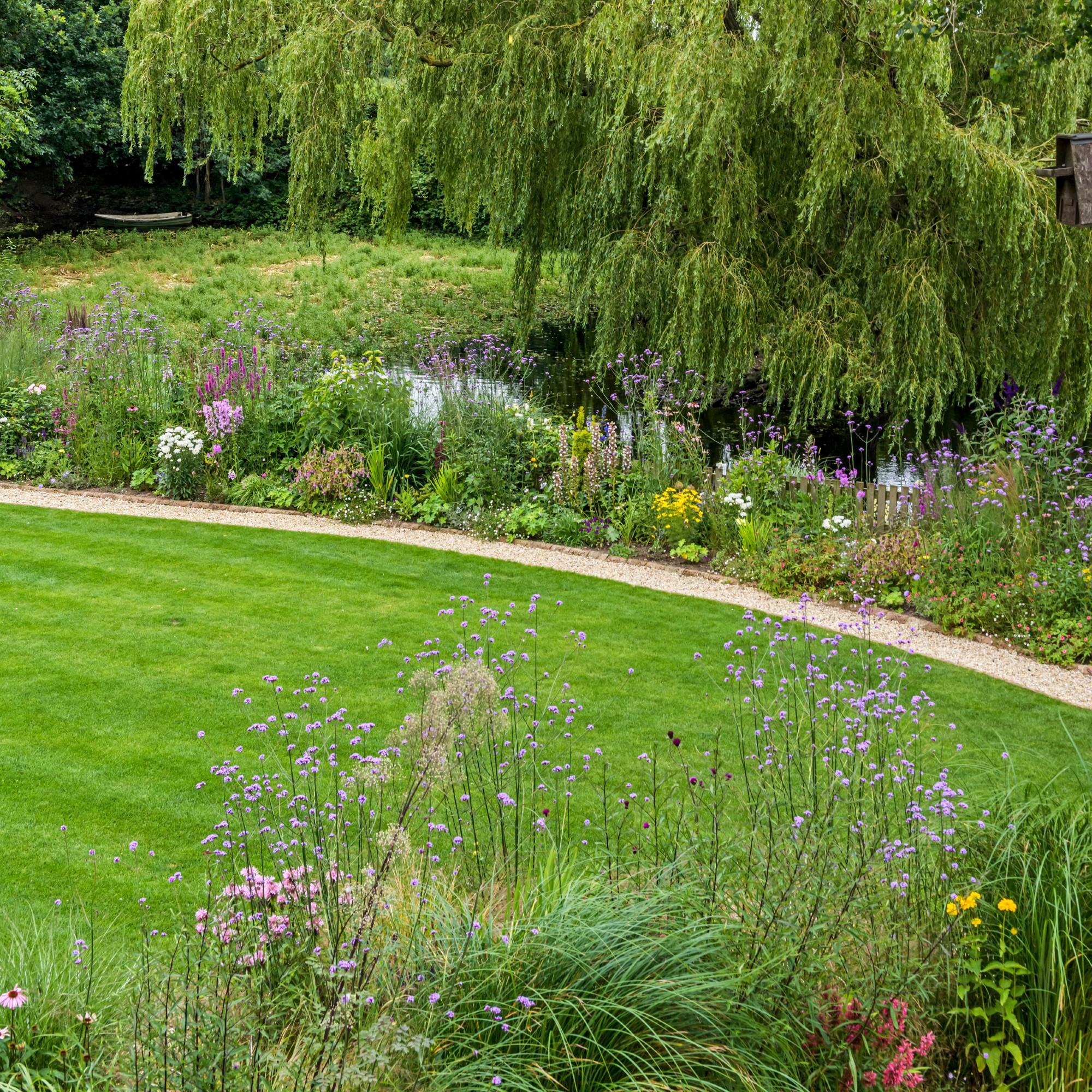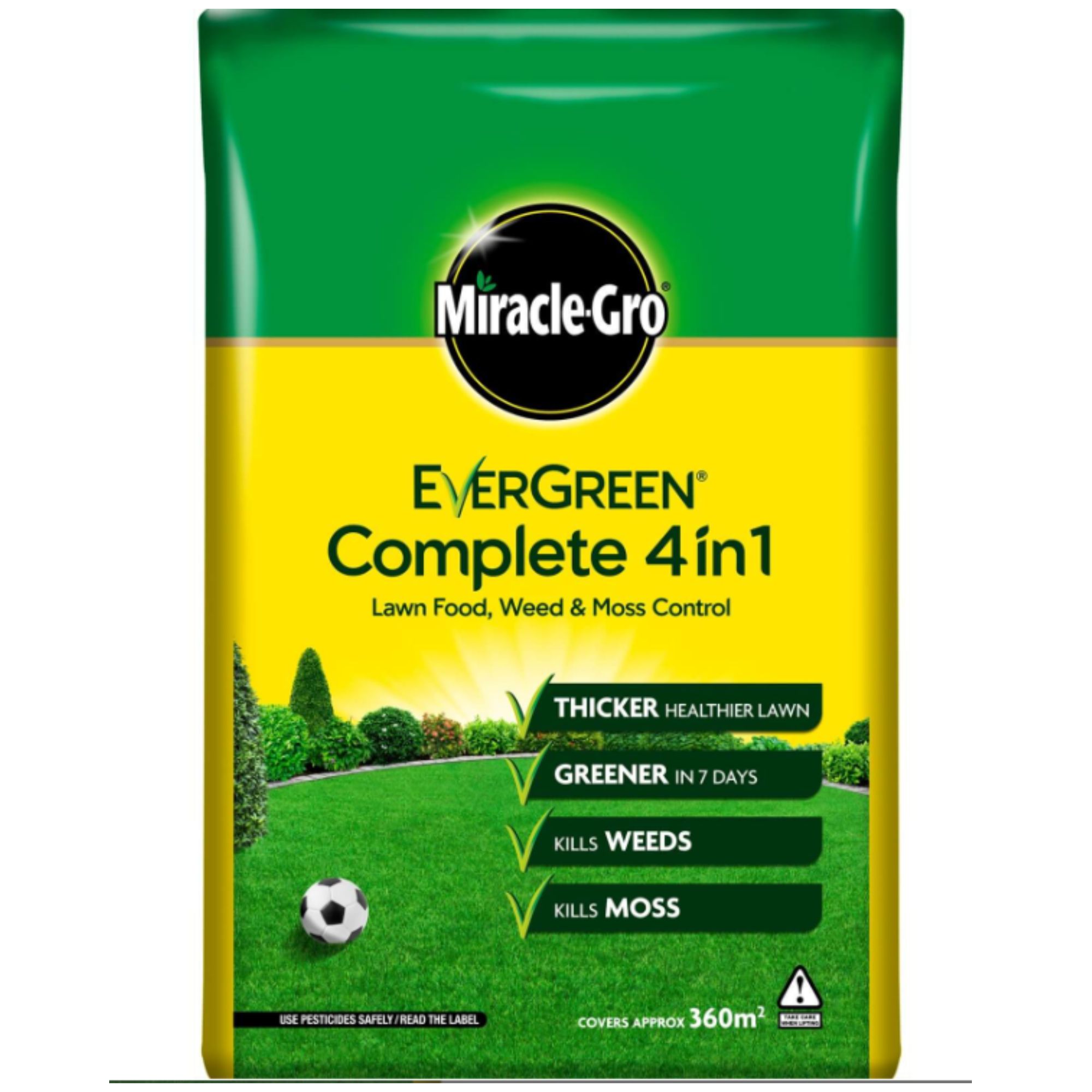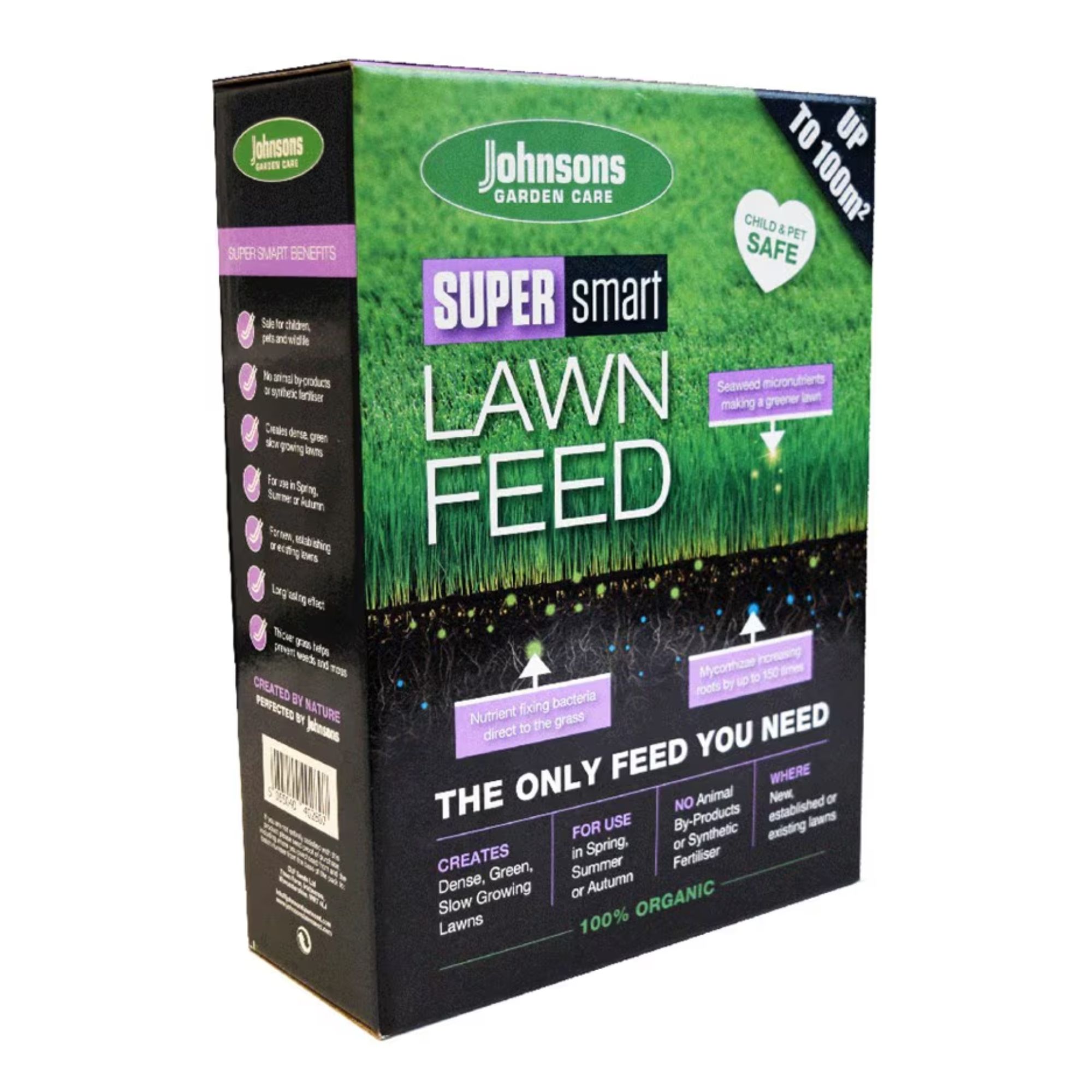Why is my lawn turning yellow? Experts explain how to return it to a vibrant green
Look this way if you're wondering how to fix yellow grass


Why is my lawn turning yellow? It's a question that plenty have asked themselves while staring despondently at their discoloured grass – and little wonder: we spend so long reading up on lawn care tips that of course we want our little patch of paradise to be perfect.
If you have big lawn ideas, then, it's a really good idea to get to grips with the causes behind all of those pesky yellow patches of grass. It's an even better idea, too, to brush up on all the expert advice that will transform those yellowed blades back to an envy-inducing shade of green.
So, whether you're learning how to revive your lawn after winter or how to overseed a lawn in style, stick around for a bit. We promise you won't regret it...
Why is my lawn turning yellow?
'In my experience, yellowing lawns are often crying out for attention in one form or another,' says Steven Bell, the CEO of Paving Shopper.

Steven Bell is the managing director of Paving Shopper, known for his expertise in gardening, landscaping and paving. He leads the company with a focus on quality and innovation, ensuring Paving Shopper remains a trusted source for diverse paving needs.'
1. It's underwatered
One of the most common causes for a yellow lawn is (you guessed it) is insufficient watering, particularly during hot spells.
That's right: forget wondering if you can water grass in the sun, because Steven says 'a simple yet effective tip for fixing yellow grass is to water deeply but infrequently,' encouraging deeper root growth and a more resilient lawn.'

Sean Lade, director of Easy Garden Irrigation, agrees, adding that 'a yellow lawn is a sign that your grass is deficient of chlorophyll and could do with a little care.'
Sign up to our newsletter for style inspiration, real homes, project and garden advice and shopping know-how

Sean holds in-depth expertise in gardening and horticulture, with a focus on designing efficient irrigation systems. His solutions grace gardens and nurseries across the UK, embodying an environmentally-conscious approach to water usage. Sean is always happy to share knowledge, guiding gardeners and growers through regular training on irrigation best practices.
'This is especially common in hot and dry weather conditions, so to get your lawn back to looking its best, water it thoroughly, and consistently,' adds Sean.
'Avoid watering during the hottest stages of the day, the best time of day to water your lawn is either early morning or late evening to ensure you don't lose water to evaporation.'
2. It's due a feed
If you've watered your lawn well and it's still looking yellow, it's well worth considering giving it a feed with a proven mix of nutrients.
'Don't overlook the power of a good feed; a lawn low in nitrogen is like a car running out of gas – it just won't perform well,' says Steven.
'Applying a nitrogen-rich fertiliser can turn things around surprisingly quickly.'
Magnesium and iron are also involved in the production of chlorophyll (aka the green colour in all plants), and potassium, too, can assist with moisture regulation within the grass.
FAQs
How do I fix yellow grass?
If you're struggling to fix yellow grass, it's a good idea to rake affected areas of your lawn before overseeding. Be sure, too, to aerate affected areas in the springtime, too, and fertilise affected areas – and don't forget to water your grass when the weather heats up, taking care to only do so in the evenings.
Can grass come back from being yellow?
If your grass has been scorched yellow by hot weather, be sure to water it well in the evenings (adhering to any and all hosepipe bans – try rain harvesting to get around this!) and it should slowly recover.
Does grass turn yellow with too much water?
One of the biggest garden watering mistakes you can make is, somewhat surprisingly, overwatering your lawn. Doing so can create a shallow root system and lead to – you guessed it – yellow patches of grass.
Don't worry; adjusting your watering schedule should help it to bounce back. Just take care to attend to any potential issues that may have come up due to all that excess water, such as fungal infections of a build-up of moss.
So, now that you know why your lawn is turning yellow (and how to fix it), you can set to work restoring it back to a patch of green perfection.
Or, y'know, you can give one of our low-maintenance lawn alternatives a go instead. The world is, after all, your lobster...

Kayleigh Dray became Ideal Home’s Acting Content Editor in the spring of 2023, and is very excited to get to work. She joins the team after a decade-long career working as a journalist and editor across a number of leading lifestyle brands, both in-house and as a freelancer.


